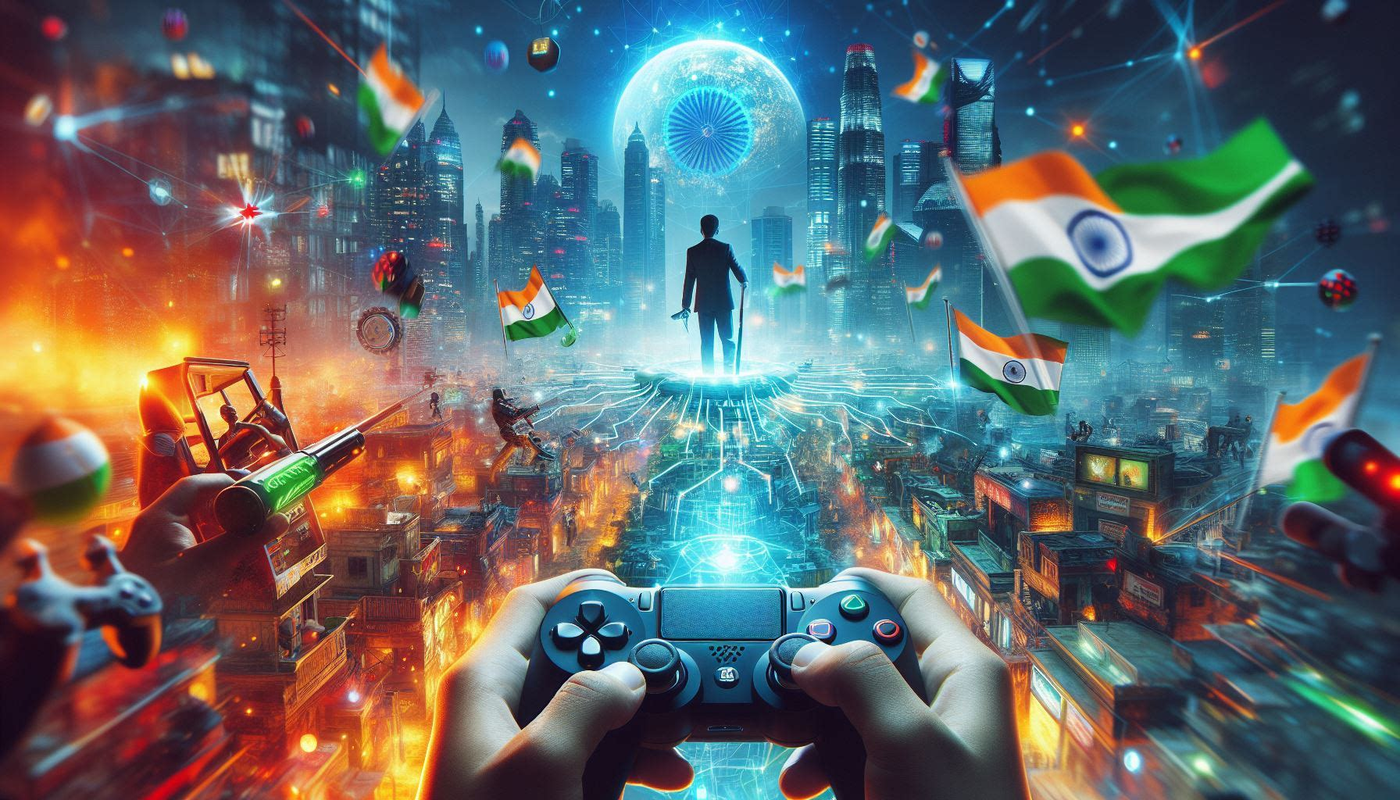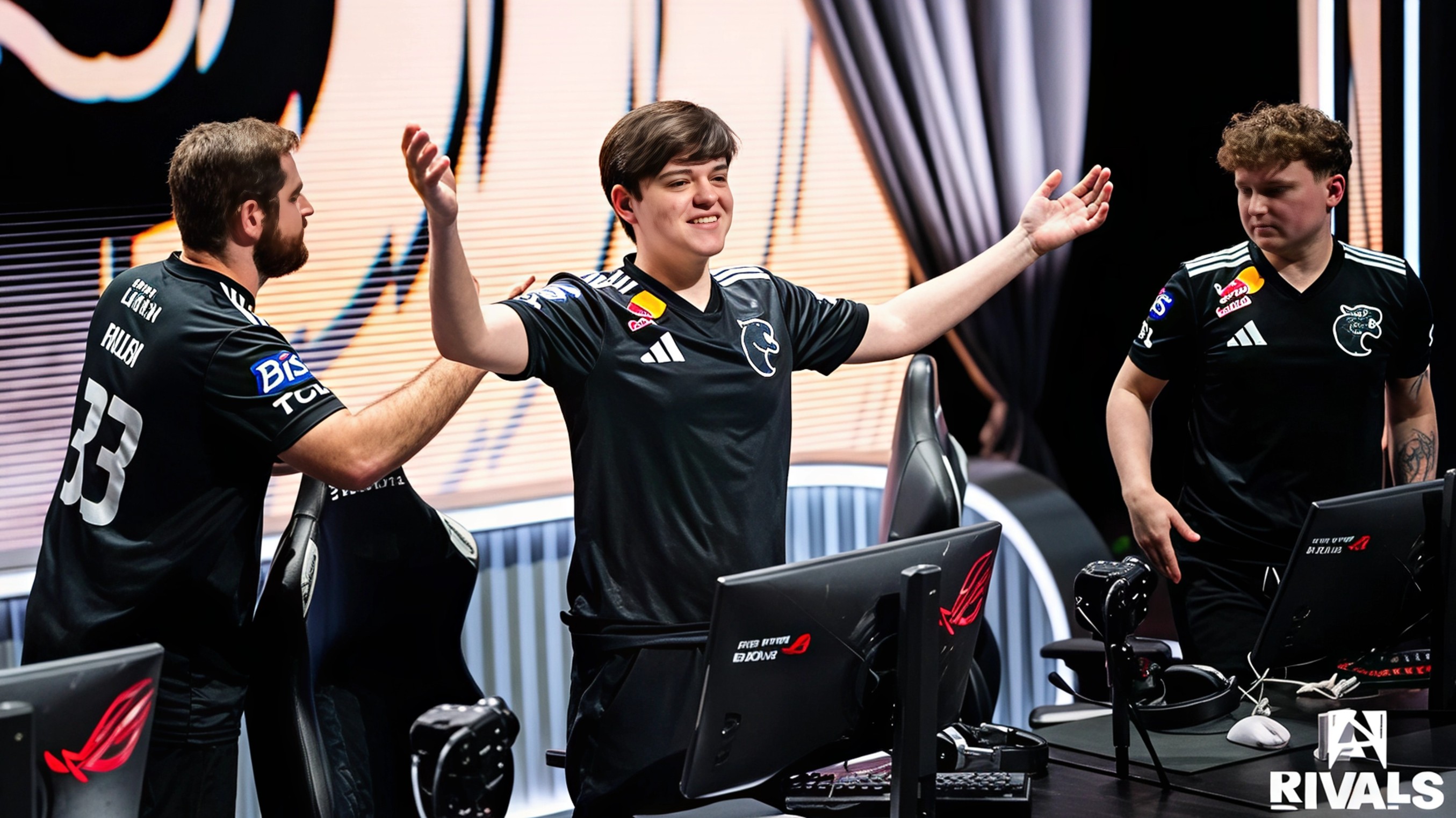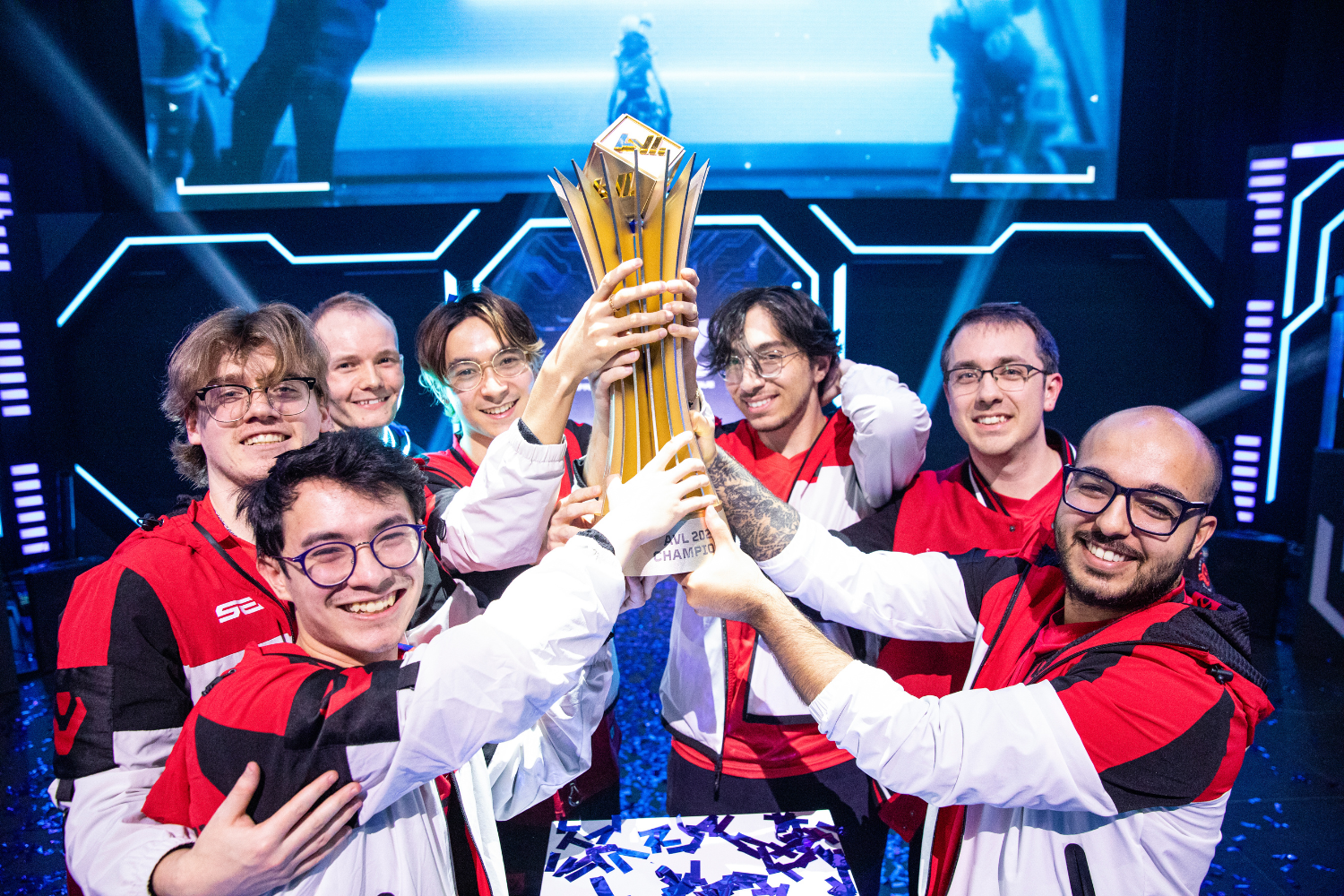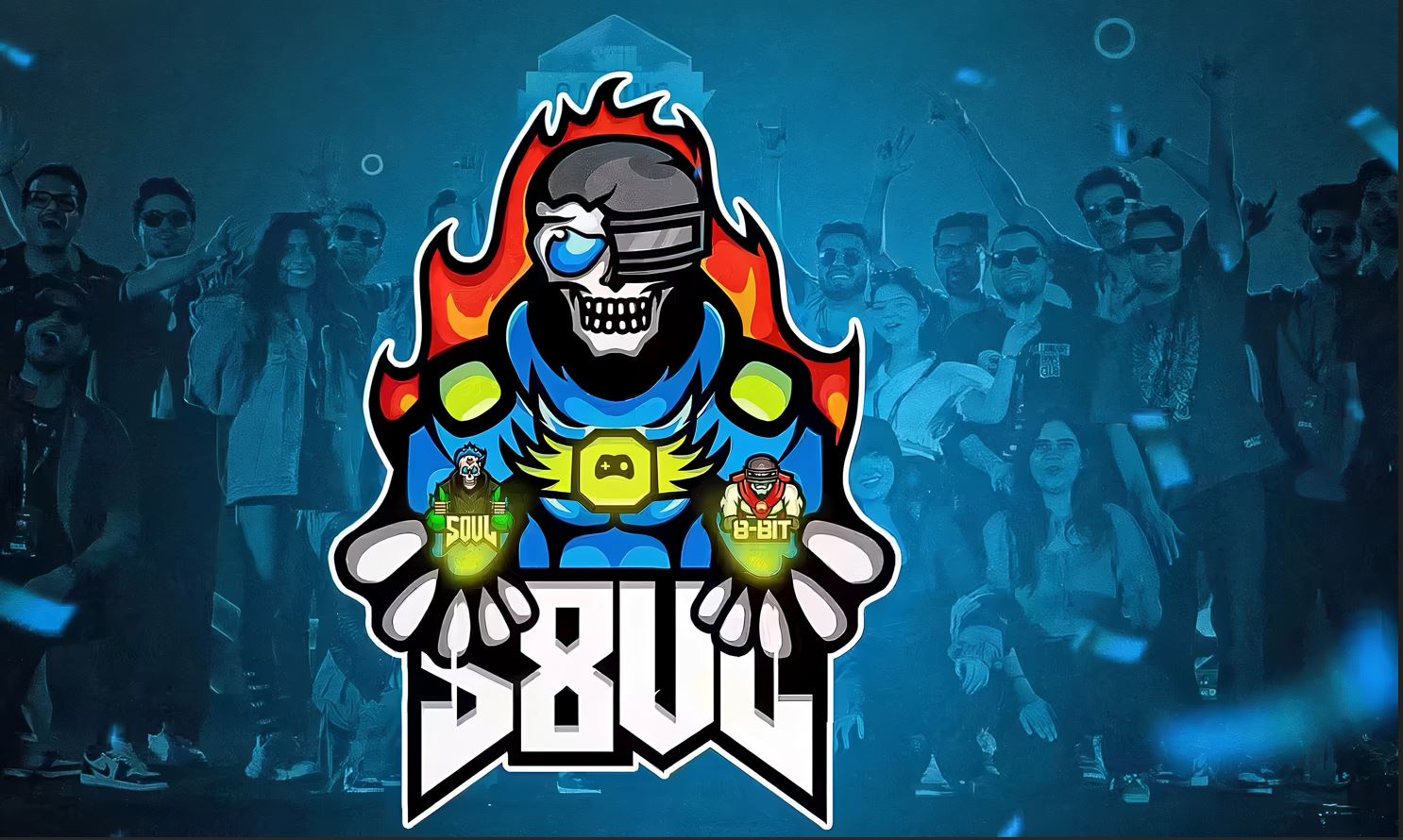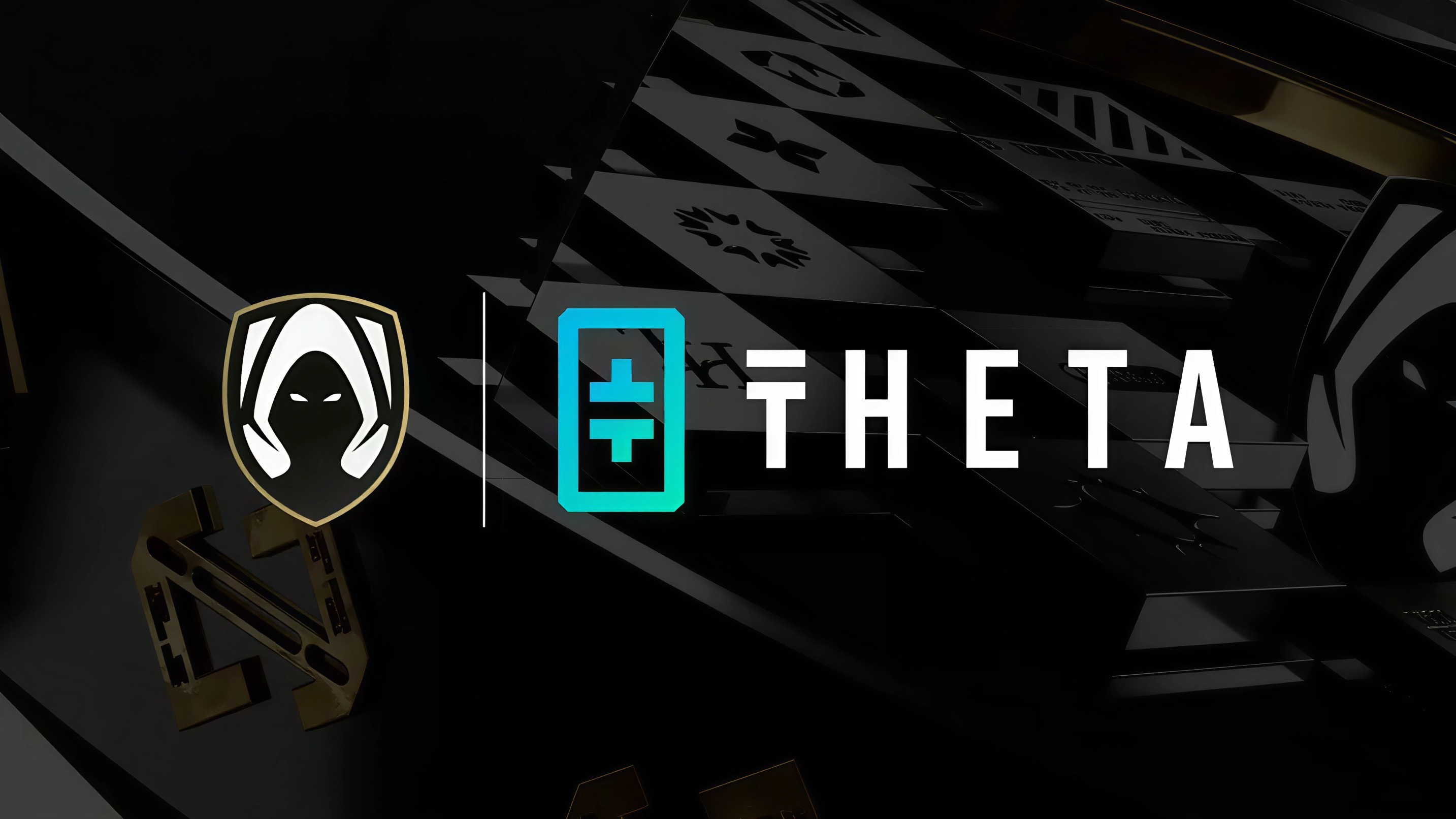India’s e-gaming space is staring in the face of a spectacular leap. The forecasts indicated a well-rounded 20% growth by FY25, which will propel the sector value to an attractive Rs 231 billion. That’s not all; the industry is expected to advance much more quickly, with a rounded annual growth rate of a staggering 33% to reach Rs 25,300 crore by FY27.
In terms of downloads in 2023, India had created a strong international player, accounting for one-fifth of the 9.5 billion gaming app downloads. With the advent of the online skill gaming market by 2028, the current USD 2 billion will increase to USD 6 billion. Thanks to the unparalleled number of app downloads and income from transaction-based games, India emerged as the top participant in the mobile gaming market with a 39% year-on-year jump in 2022.
It is the largest fantasy sports market in the world, with 180 million users in the country, which enables India to claim the latter title. Over the past five years, the Indian gaming sector has seen $2.8 billion in investments, which is a notable increase in investments compared to the last decade, which further proves the field’s momentum.
Paavan Nanda’s statement of WinZO sums up the global change well and emphasizes India’s changing role in the world: “We are seeing India’s increasing participation in global conferences and being the third-largest start-up ecosystem in the world, which confirms that the country is moving towards becoming an innovation country and a US promoter.”
The emergence of gaming unicorns such as Game 24X7, Dream11, and Mobile Premier League enriches India’s gaming landscape, expanding the potential for billion-dollar companies in the field. Now, with $1.6 billion under its belt and projections to welcome 500 million online gamers by 2025, the future of the Indian gaming industry is as bright as it is on fire.
Finally, the growth has been directly supported by the government through initiatives and incentives such as the National AVGC Center of Excellence and state-specific AVGC policies. The creation of an AVGC Task Force is evidence enough of India’s determination to fully realize the economic and creative potential of the sector.
While there are challenges inherent in changing tax policies and monetization, the investment community’s continued excitement remains a significant factor. The confluence of opportunities and emerging monetization prospects, such as UPI, makes India a significant player on the global gaming scene.
As India begins exporting this rich cultural content and intellectual property, the future of this industry is not merely bright but transformative. Job quality and significant economic development are imminent.

